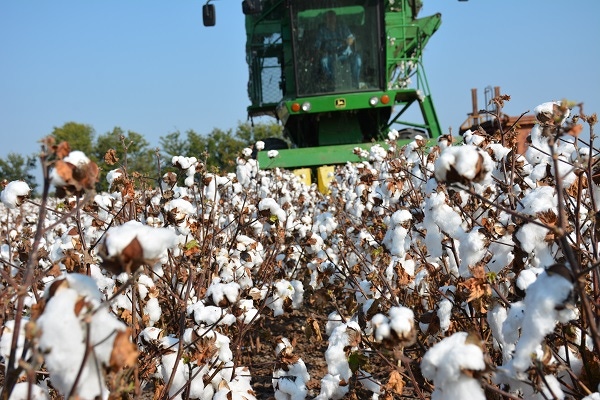April 13, 2015

The new USDA supply and demand numbers released in April were a non-event for cotton. There was some tinkering in the world production, trade, and consumption numbers, but they were mostly offsetting. Therefore the world ending stocks estimate was barely changed at the (still incredibly and historically high) level of just over 110 million bales.
There was one small change in the U.S. cotton numbers in that USDA raised U.S. all cotton production by 220,000 bales, to 16.3 million. However, this change was highly anticipated since another USDA data source had already indicated that about 221,000 more bales had been ginned than was then showing in USDA’s March production estimate. This kind of discrepancy is common around this time of the year, and usually results in an adjustment to the production estimate in the April or May USDA reports.
So although old crop cotton ending stocks were raised by 200,000 bales, there was little market reaction. The April report did not give any fundamental reason to break cotton prices out of the sideways band that they have been trading in since October. Until we get some groundbreaking news, I expect the market to continue to trade between the upper 50s and mid to upper 60s.
For the latest on southwest agriculture, please check out Southwest Farm Press Daily and receive the latest news right to your inbox.
Some near term fundamentals offer reasons to expect this trading range to continue. Figure 1 shows the relationship between exports of U.S. cotton in relation to the fluctuations of cotton futures price. As economics would suggest, export sales tend to move in an opposite direction to prices. More specifically, when cotton futures have dipped into the lower 60s or upper 50s, we have seen large spikes in export sales business. When U.S. cotton gets cheap enough, some foreign buyers are willing to buy it at those levels. This export demand has been pretty consistent over the last five months.
On the other hand, when prices have risen into the mid-60s, Figure 1 shows that export sales drop off as U.S. cotton becomes less competitive. Of course, underlying all of this is a pattern of foreign supplies and prices. As long as the latter remains stable, I expect U.S. prices to continue to trade like they have been.
One fundamental factor that will come into play is simply the passage of time. As we move into the summer, the pipeline of old crop supplies will begin to get thin. Newly harvested bales from the southern hemisphere will come along. I expect the quality supplies will be gobbled up, and the rest will join the supply of moderate/marginal quality bales left over from the 2014 harvest. A trade-off between the discounting effect of moderate/marginal quality versus the general price strengthening effect of a shortening old crop supplies is likely.
Another fundamental influence may come from the new crop. The 2015 planted acreage is going to be low, by all indications. That does not leave much room for problems with the crop or the weather. Right now the soil moisture situation is highly variable across the U.S. Cotton Belt. Soil moisture is pretty patchy in Texas with areas too wet, too dry, or pretty okay. That will make it a challenge to size up what kind of a crop we have coming.
For additional thoughts on these and other cotton marketing topics, please visit my weekly on-line newsletter at http://agrilife.org/cottonmarketing/.
About the Author(s)
You May Also Like




